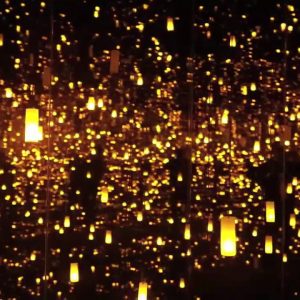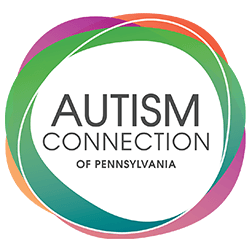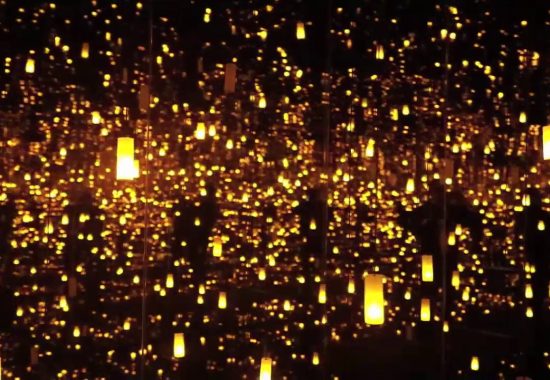Note: I am a slow processor, especially around trauma, in large part because I have PTSD from witnessing one murder, seeing news coverage of two friends’ murders, and being assaulted with the threat of being killed — all random stranger crimes. Lots of people have PTSD for lots of reasons – it’s not just for veterans! I didn’t know that for over 30 years and I credit my friend Kris Veenis and his amazing documentary for waking me up to my own hidden disability. Denial is a powerful thing and I am glad some of mine melted away.
Trauma etches into our nervous systems and can be a lasting medical issue in those of us genetically wired to respond in a lingering fight or flight response, triggered by random linked details, or more-obviously disturbing events. I wrote the post below about the predatory murders in Buffalo and in the process of sleeping on it, other tragedies occurred in California and Texas, because our society is broken and I am in delay mode because none of us have the luxury of time, nor the benefit of actual healing things we need in order to process it all.

Yayoi Kusama, “Aftermath of Obliteration of Eternity”
This Editorial is from last week but it’s still true today:
Our mission is to be a lifeline and hub for families and adults, providing support, information, and advocacy.
Why do we care more about some issues than others? Why do I feel more impacted by the latest (but not last) mass shooting, this one targeting people of color, in a city I lived, worked, played, and learned in, versus one that happened somewhere else?
I lived in Buffalo for four years of college plus summers – it was a great, freeing, artsy place where I could ride my bike over the Peace Bridge to Canada, following Niagara River Boulevard where I would pedal all the way up past a convent where the women wore brown, birdlike head pieces, ala the Flying Nun (a 1960’s reference, you can Google it). I just learned those are called “cornettes.” It was a nice adventure.
Living a block or two from the Albright Knox Art Gallery gave me access to a great summer job and internship where I met some of my first kids with autism who tread into the mirrored cube in socks covering tentative feet, stepping into a visual infinity where some just could not enter the room. I had a lot to learn about the brain and their visual perception – and they were my first teachers.
Buffalo is where I also did an internship at St. Mary’s School for the Deaf where kids were kids and when in trouble, they’d squeeze their eyes shut tight so they couldn’t see me sign “Slow down! Stop running! Calm!” Then they would rapidly sign to each other secretly, beneath the lunch table I was monitoring, so I couldn’t see their complaints about me. Authority figures are no fun sometimes!
That’s where I took a bus from the West Side at Buff State (white neighborhoods where people looked like me) to the East side (black neighborhoods) where St. Mary’s was located, and I was the only white person on the bus after the transfer. That bus is where I got to feel, for about one hour a week, what it was like to be the only person in the “room” who looked different, literally standing out because there was only room to stand when I’d get on. I was an “other.”
I carry this experiential gift with me, one that taught the briefest lesson of empathy for people who experience being the “Only One” in the room every single day, based on how much melanin is in their skin and how white the room is. Feeling like a stranger, and then eventually acting kind of invisible (my choice and my reaction, not the choice for everyone). Not fitting in and yet knowing this was a split-second snapshot relative to those living their entire life being “othered”, realizing I could step off that bus at home and re-absorb myself in an environment where I looked like the majority any time I wanted to – the very easy way out.
Things that are painful or scary or tragic seem to matter more when they happen to us – that’s just human nature. Some people assume that if we care about a cause – say, skin cancer or autism or racial justice – we must have personal lived experience with that issue. It’s always surprising to me – although by now it should not be – to have people assume at least one of my sons (even all my sons) are autistic, based on my vocation.
They are not.
My youngest googled himself one day and found a photo of him and his brothers with me and their dad at a charity restaurant event – labeling all the boys at the time as autistic. “I wonder what else mom isn’t telling us!” he thought.
Why does Autism Connection work with, and on behalf of, ourselves and people with specific disabilities? How can we successfully move beyond our original mission to care and take action, alongside and for all who are oppressed, misunderstood, stereotyped and marginalized, beyond those who may live in our house or occupy part of our hearts as friends or family members?
How can we expect others to stand up for people in the autism community, at risk or seen as “less than”, unless we are willing to stand up for all vulnerable people, especially those terrorized by hate and violence?
Let’s share our strength and advocacy experience with anyone in need – especially if we are in the majority – and live out the words “justice for all.” Contact me to talk or write back and forth about how you may want to explore this idea, if it’s new to you. We get immersed in our own concerns because immersion is survival – but diversity brings strength to all things in nature, and we humans need all the shared help we can provide to each other.
Lu Randall

